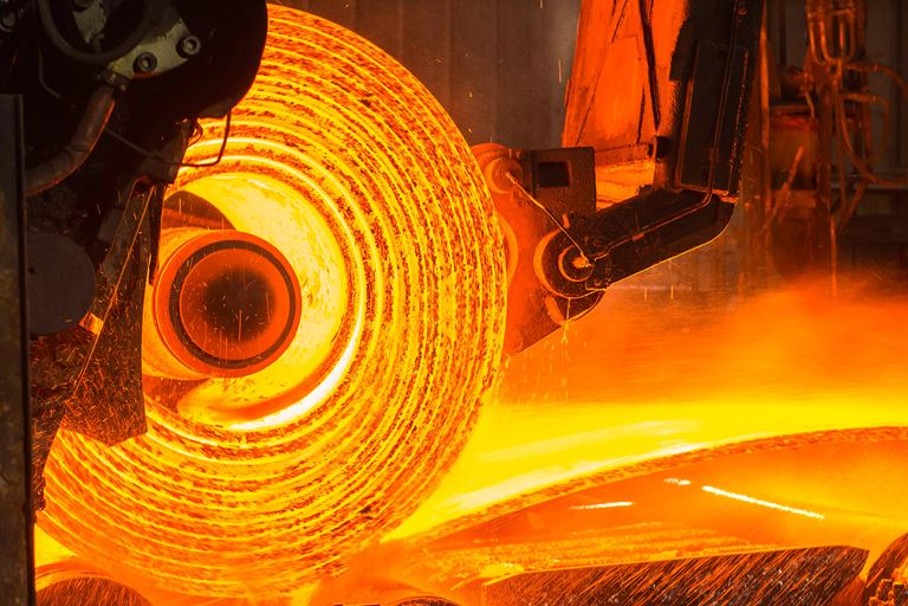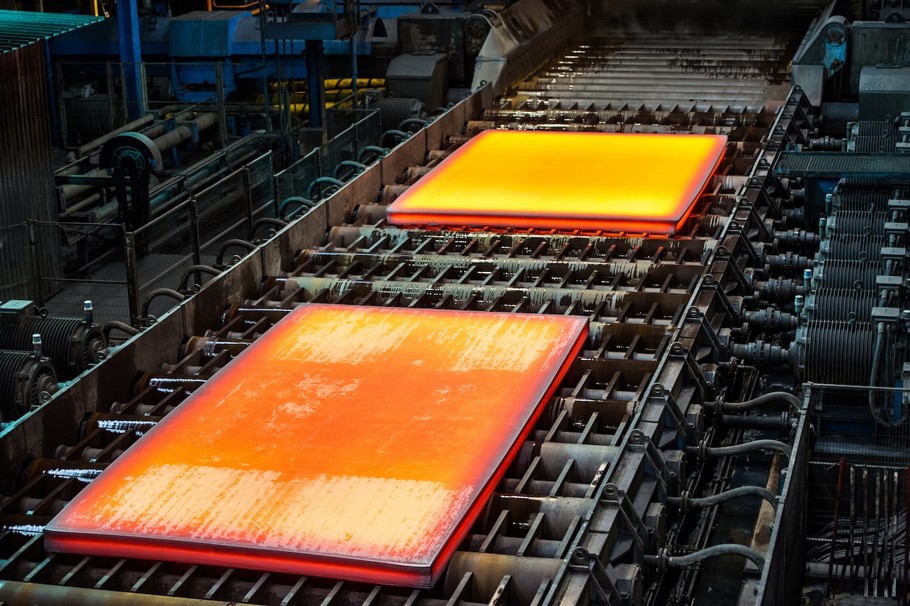Prices

September 24, 2013
2014 Contract Negotiations – Game Changer for the Industry?
Written by John Packard
One of our service center contacts told Steel Market Update recently, “The ending of indexed pricing for many is just around the corner which is a major positive but hearing little of this from SMU. [The] mills still trying to make something – they cannot continue to withstand the losses they have incurred. In fact, many people believe the recent management shuffling at some mills is meant to demonstrate a new resolve.”
Last week we had another service center point to the changes occurring at U.S. Steel with their new CEO and the other management changes and we were told that this too was a game changer.
Earlier this year Nucor, Severstal and other domestic mills made public statements recognizing that they could no longer tolerate the way contracts had been negotiated over the past couple of years and specifically identified CRU “minus” contracts and “bucket” deals as no longer being available when it came time to negotiate 2014 contracts. Definitely a game changer for the industry.
We have now reached the beginning of negotiations for 2014 contracts. It is now time to see if the first service center is correct – will these negotiations truly be the game changer for the industry?
What we are finding is there is more than one perspective on this puzzle.
The domestic mills have made their positions known to their customers. Reactions include our first service center mentioned above who feels a stronger more profitable domestic steel industry is in everyone’s best interest.
There are a number of service centers who believe the practice of discounting long-termed fixed pricing was in error and the mills are trying to get back on track. In the process there should be a return to a more normal “spot”” market instead of buyers relying upon those who have “bucket” deals or CRU minus contracts lagging their competition.
We spoke to a few mills who told us their organizations will hold the line and remove the CRU minus deals as well as the infamous “bucket” deals. As one executive put it to SMU, “We will walk away from the CRU deals we took this year.”
We are in the early stages and the manufacturing companies with whom we have spoke consider the initial proposals by the domestic steel mills as “posturing.” The manufacturing companies with whom we spoke with at the conference here in Chicago told us that the negotiations will take time and will not be easy this year.
Here is what one manufacturing company told us recently in an email:
“We are still negotiating our supply agreements for next year and despite the rhetoric from the mills, everyone knows you can’t do these things without a third party setting the price. I believe and have told Severstal and Nucor that the fact that so many tons in the US were sold on CRU based agreements this year probably supported higher prices. I want someone to explain to me why prices have run $80-$100 higher in the US? I think it is because people could buy every week, at a price they knew was fair, and could get it in a short period of time so they didn’t buy imports. This kept lead times short and allowed the mills to raise prices because no one had a lot of inventory and keep imports at bay.
If we had a wide open spot market, with buyers like me auctioning off 30,000 tons every month to the lowest bidder, prices would be much lower. The mills need to be careful about what they do next year. If the 60% or so of the HRC market now buying on weekly or monthly CRU based deals swings to the spot market, then I believe we’ll see more imports, lower prices and lead time volatility. In the end the price in the US will equalize with world prices.”
The steel mills agree that negotiations will be difficult and one admitted that their proposals were not well received by their customers. Even so, the mills seem determined to make changes in the process and to get higher net prices in the process (even after rebates).







